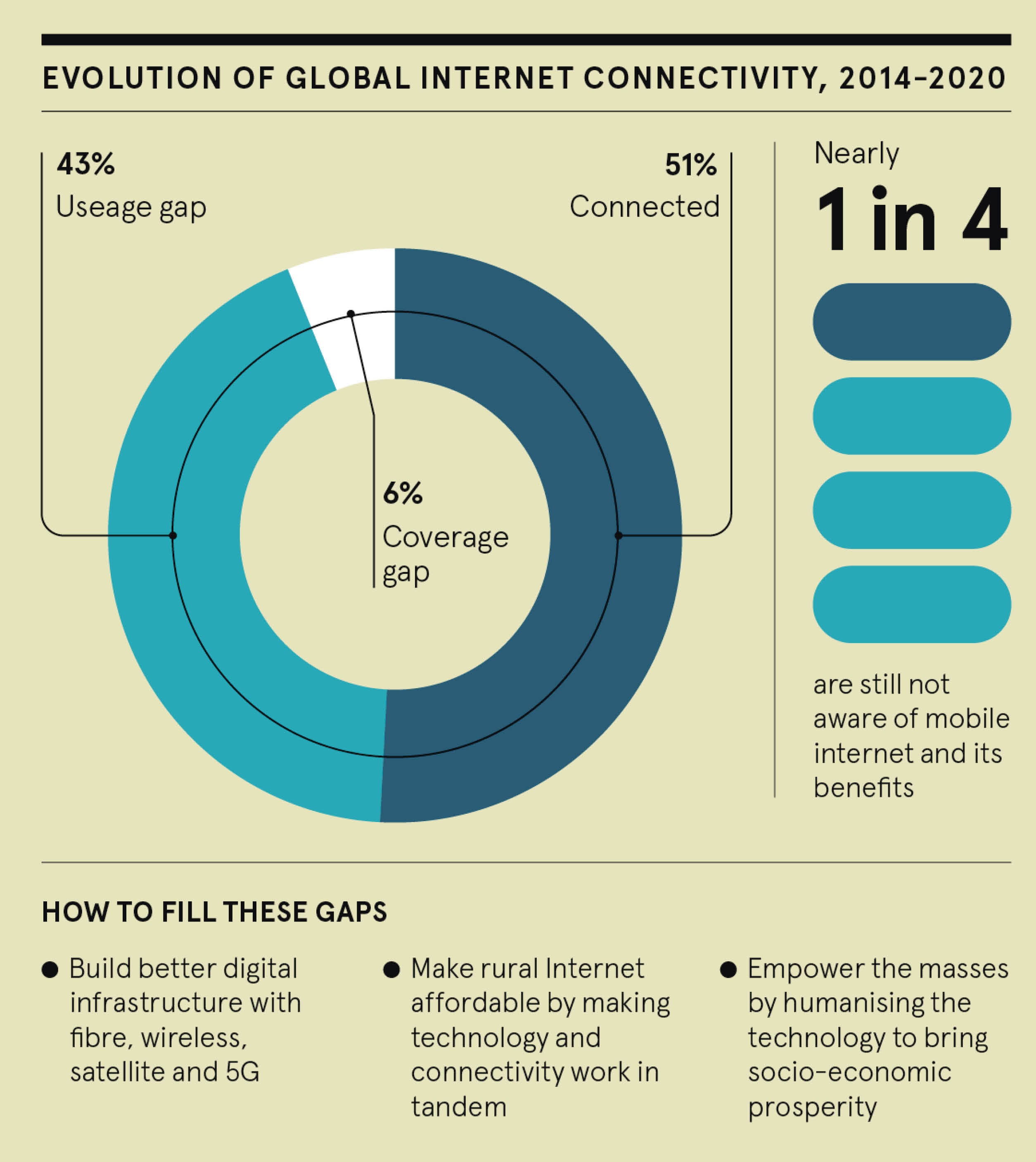
For some, advancements in modern technology have opened up the world. Yet for huge swathes of society, reliable and robust computer and internet access are still not a reality.
From infrastructure issues to digital exclusion, the driving forces widening this gap are plentiful. It’s a challenge that’s also borderless: in the US millions of Americans still lack basic broadband access, while in the UK some 1.9 million people (22% of the population) do not have the digital skills needed for everyday life.
So how do we edge closer to closing this divide? Ankit Agarwal, managing director at STL, explains.
What is the great digital divide and why does it exist in a world where technology plays such a pivotal role in our everyday lives?
The digital divide refers to the huge gap between those who have access to modern ICT and those who don’t.
There are plenty of drivers behind this inequality. One of them is a lack of technological awareness and education. This is a challenge among certain demographics in the UK, where the government is in the midst of implementing a ‘digital inclusion strategy’ after finding that more than 5 million adults do not use the internet due to a lack of interest, ability or access.
Another factor widening the gap is a lack of infrastructure across geographies. In India, over 25,000 rural villages still lack internet connectivity. Covid-19 has only widened the gap.
What is the first step to closing it?
Better digital infrastructure is the starting point.
We need to up the ante and invest in developing optical fibre-powered broadband highways across regions. Improving infrastructure could add $13tn to global GDP by 2030, transforming billions of lives in the process.
In the UK, the government is already investing in this area with Project Gigabit.
STL, with its purpose of transforming billions of lives through digital networks, is working with players like Openreach to construct an ultra-fast, ultra-dependable ‘full fibre’ broadband network.
Beyond fibre, what else can narrow the chasm?
Wireless, satellite and 5G technology can complement fibre.
Where fibre provides high capacity and bandwidth, wireless technologies offer mobility. Satellites can provide coverage in areas where it is too costly to implement other solutions.
5G-powered tools and technologies can be used to deploy large scale networks extremely fast and maintain them in real-time.
In the UK, what other projects are helping to close this gap?
The rural coverage in the UK is 17% weaker versus urban coverage and the pandemic further widened the gap. Therefore, we see telecom providers and alternate service providers driving large-scale broadband rollouts across the UK.
Over the last decade, STL has been powering optical fibre networks for partners like OpenReach and almost all the top Altnets in the UK to solve this issue.
Once people are connected then, how do you empower them to use the digital tools at their disposal?
While closing the accessibility gap is a priority, it’s important to recognise the more prolific usage gap which exists among people living in already-connected areas. About 3.4 billion people are covered by mobile broadband internet but don’t use it.
We need to build a digital ecosystem that translates into transformative use cases for all then we need to humanise the technology powering it.
GARV – a supercomputer in the form of a kiosk that is operated by a semi-trained operator – is one solution from STL that enables access to multiple coordinated digital infrastructure and services for rural communities. It has helped close to 100,000 rural citizens in India so far.
How do you make rural connectivity viable and affordable?
Through greater adoption of open technologies and software-driven networking (SDN). SDN provides flexibility and programmability without altering the existing network architecture in any way. The advent of open-source tech in rural areas will make network deployment more cost-effective.
STL has been helping telcos, governments and large enterprises to bridge the digital divide for the last 30 years. To know more about their solutions, visit www.stl.tech
Sponsored by

